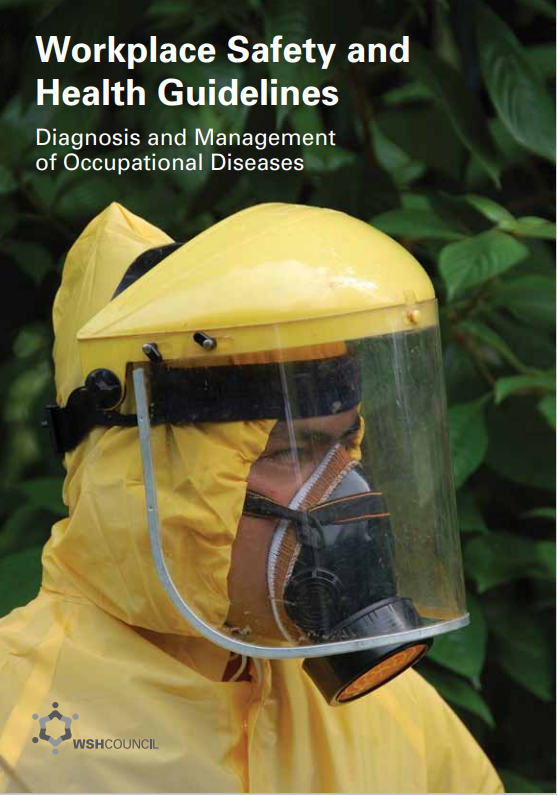Asbestos Control
Learn the methods of controlling exposure to asbestos-containing materials.
Asbestos Control
Asbestos is a confirmed human carcinogen. The risk of exposure to asbestos and asbestos-containing materials (ACM) in buildings and workplaces must be managed to prevent unwanted health risks.
Refer to the table below to understand when to use different asbestos controls and how to implement them:
|
Control |
When to use |
How to implement |
|
Removal |
Consider removal when:
|
Engage an approved asbestos-removal contractor (AARC) to remove the ACM. |
|
Encapsulation |
Use encapsulation as an interim measure for areas where damage due to contact will not occur. |
Treat the ACM with a sealant that:
|
|
Enclosure |
Use an enclosure to prevent the spread of asbestos fibres. For example, when removing ACM. |
Construct a barrier such as a suspended ceiling between the ACM and the building’s environment. Asbestos fibres and fallout should accumulate behind the enclosure.
Inspect the enclosure regularly as any damage can release accumulated fibres into the building’s environment. |
|
Leave-in-place |
ACM that are in a good condition should be left undisturbed as they are less likely to release asbestos fibres into the surrounding air. As the risk of exposure is normally low or negligible, you may defer remedial action to a more appropriate time. |
No action required.
Note: As the conditions of ACM can change with time, you should inspect and monitor ACM periodically and take the appropriate corrective action. |






